Guide to Blood Disorders
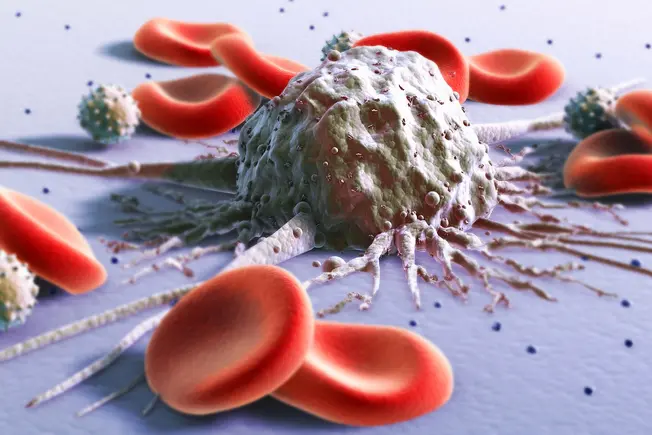
What Are Blood Disorders?
Any health condition in which something is wrong with part of the blood is a blood disorder. Some blood disorders are cancers. Common blood cancers include:
• Non-Hodgkin’s lymphoma
• Chronic lymphocytic leukemia
• Acute myeloid leukemia
• Multiple myeloma
Other blood disorders are benign (not cancerous). Both cancerous and benign blood disorders can affect the whole body.
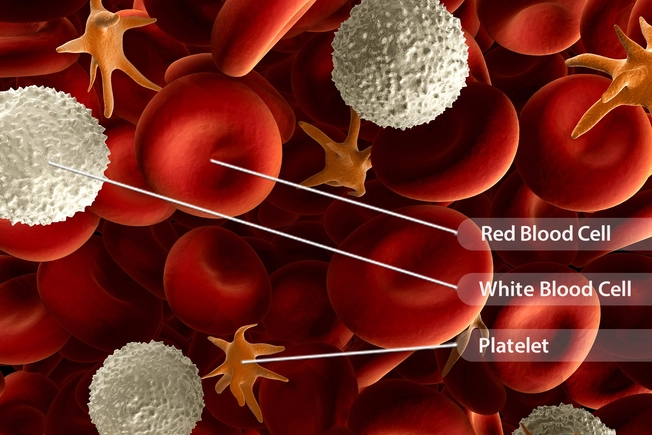
Inside Your Blood
To understand blood disorders, it helps to know a little bit about blood. It has different parts: red blood cells, white blood cells, and platelets. They each have different jobs. Red blood cells carry oxygen. White blood cells fight infection. Platelets help our blood to clot after an injury. The liquid part that carries these cells and other substances is plasma.
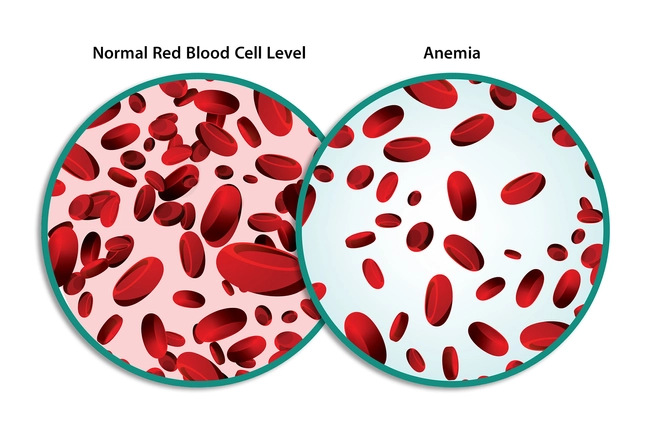
What happens in blood disorders?
In many blood disorders, problems arise because there aren’t enough of certain blood cells.
• When there aren’t enough red blood cells, doctors call this anemia.
• When there aren’t enough white blood cells, doctors call this leukopenia.
• When there aren’t enough platelets, doctors call this thrombocytopenia.
Sometimes there are too many of certain blood cells. Other times, the blood has too little or too much of something it needs to work normally, such as a clotting factor.
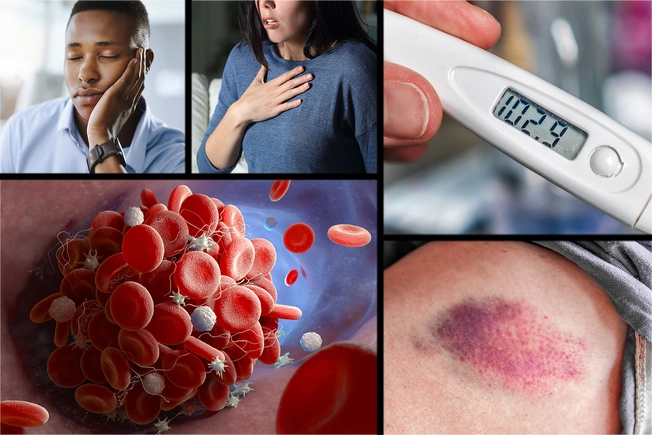
Symptoms of Blood Disorders
Blood disorders can cause symptoms anywhere in the body. Some common symptoms include:
• Fatigue
• Weakness
• Shortness of breath
• Fevers
• Infection
• Bleeding
• Bruising
• Blood clots
• Swollen lymph nodes
The symptoms will depend on which blood disorder it is and which part of the blood isn’t working normally. Many other things can cause those symptoms. A doctor can help find out what the cause is.
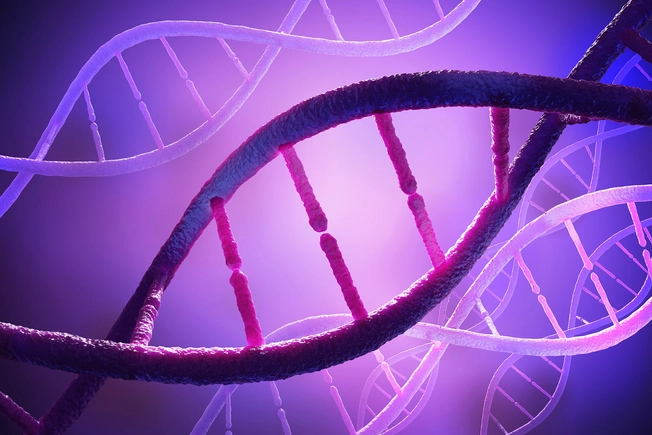
What Causes Blood Disorders?
There are several different types of causes. Many blood disorders are genetic and passed down from one generation to the next. Some happen as a result of other diseases. Some happen as a side effect of certain medicines or when people don’t get enough of certain nutrients in their diets. Sometimes doctors don’t know the cause.
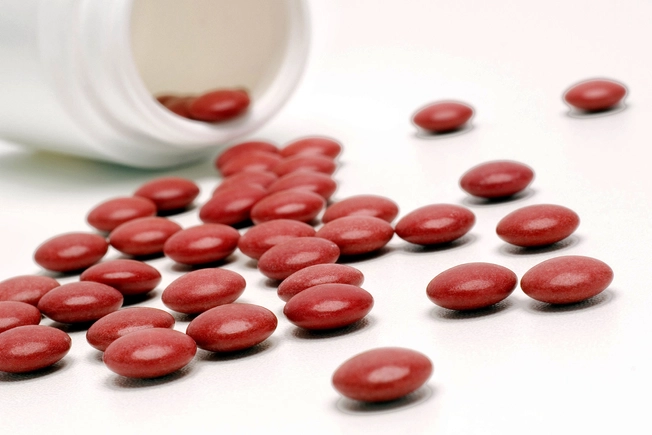
Iron-Deficiency Anemia
There are many types of anemia. Iron-deficiency anemia is a common one that happens when people don’t have enough iron. Your body needs iron to make healthy red blood cells. This type of anemia may happen if you don’t get enough iron in the food you eat or your body doesn’t take iron in well. Sometimes other health conditions lead to this type of anemia. Treatments may include iron supplements, eating iron-rich foods, iron infusions, or blood transfusions.
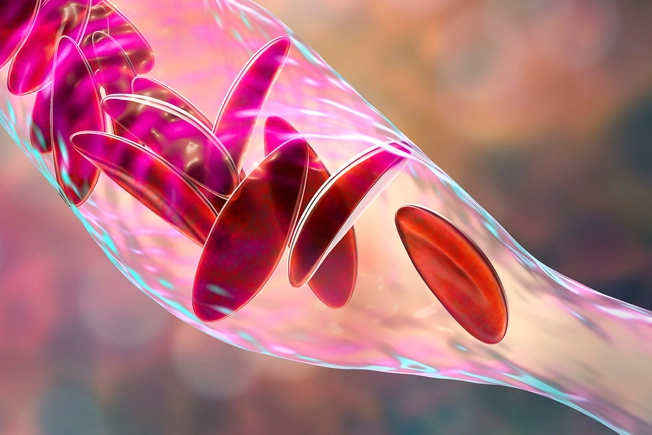
Sickle Cell Disease
Sickle cell disease, or sickle cell anemia, is an inherited blood disorder. It happens when an abnormal protein in red blood cells makes them hard, sticky, and shaped like a letter “C.” These abnormal red cells die, causing anemia. They also can get stuck in small blood vessels to cause pain, stroke, or other problems. Medicines can help to prevent these complications.
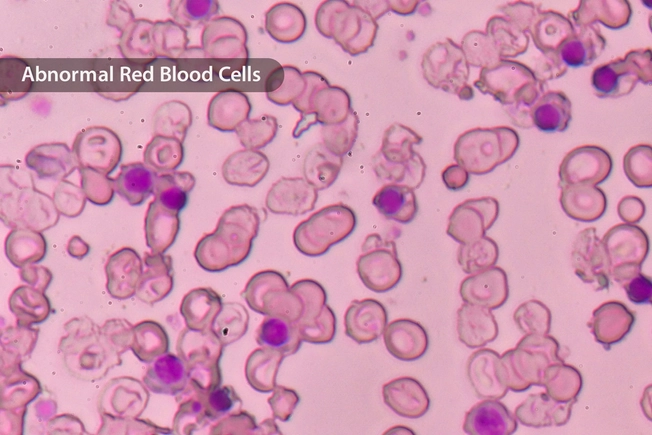
Thalassemias
Thalassemias are also inherited. They happen when a faulty gene causes the body to make too few red blood cells and hemoglobin. Hemoglobin is the iron-rich protein in red cells that carries oxygen. Some thalassemias are more severe than others. Some people with thalassemia don’t need treatment. Other people may need blood transfusions, treatment to remove extra iron, and supplements with a vitamin called folic acid.
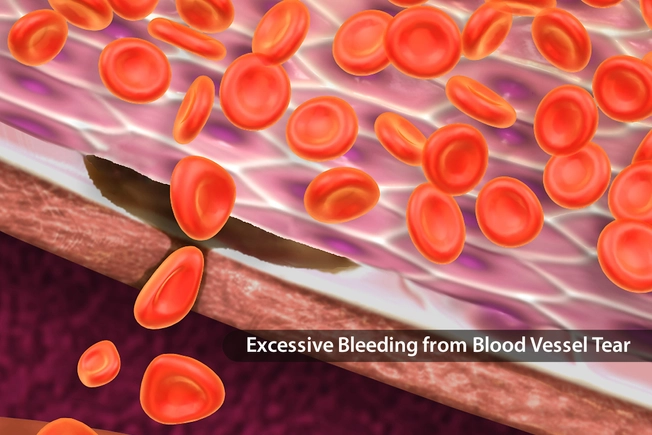
Von Willebrand Disease
A missing or faulty protein causes this inherited disease. The body needs this protein for blood to clot normally. So, people with this condition often have excessive bleeding and bruising. Doctors treat it with medicines that replace the missing protein or make cells release more of it.
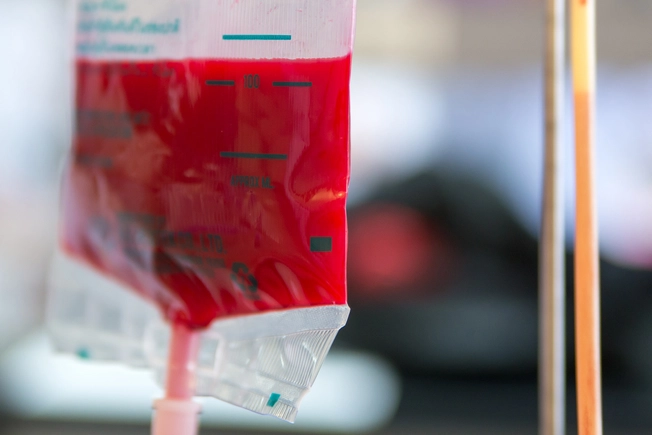
Hemophilia
Hemophilia is another inherited bleeding disorder. It happens in people who lack one of two other important clotting factor proteins. Doctors treat it with infusions to replace the missing factor.
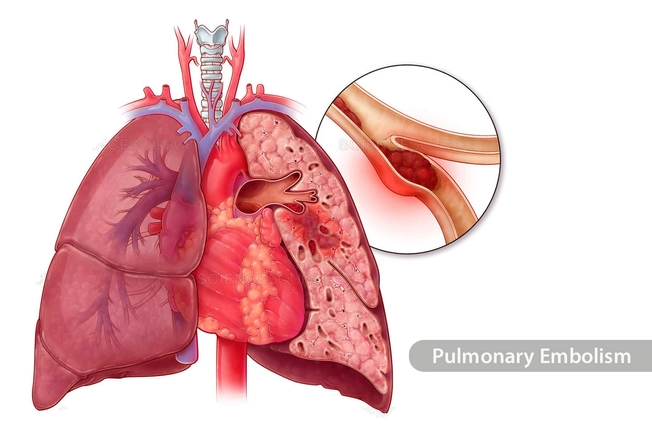
Venous Thromboembolism
This disorder happens when a blood clot forms in deep veins. If the clot is in the leg or pelvis, doctors call it deep vein thrombosis (DVT). If a clot breaks free and travels to the lungs, doctors call it pulmonary embolism. It happens most often after surgery, injury, or in people with other health conditions. Treatments include medications to prevent clotting or procedures to remove or catch clots.
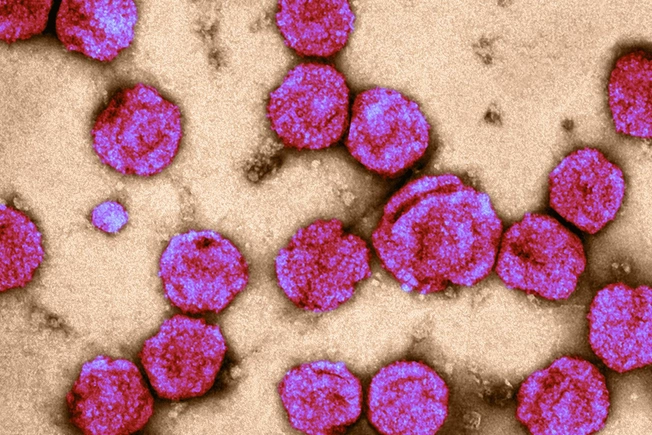
Leukemia
Leukemia is a blood cancer in which the body makes abnormal blood cells. Usually, but not always, these are abnormal white blood cells. The abnormal leukemia cells can crowd out other blood cells. There are many types of leukemia, which can be either acute or chronic. Treatments include chemotherapy, targeted therapy, radiation, and stem cell transplant.
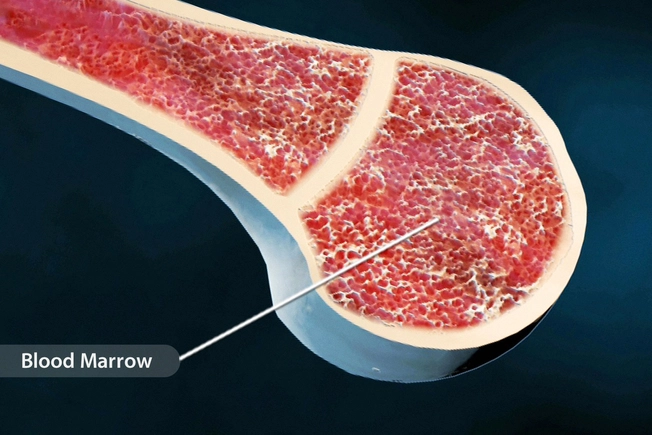
Multiple Myeloma
Multiple myeloma is another type of blood cancer. It happens when the bone marrow makes too many of certain white blood cells. As a result, people with multiple myeloma can have too few of other white blood cells, red blood cells, or platelets in their blood. Treatment may include surgery, radiation, medicines, or stem cell transplant.
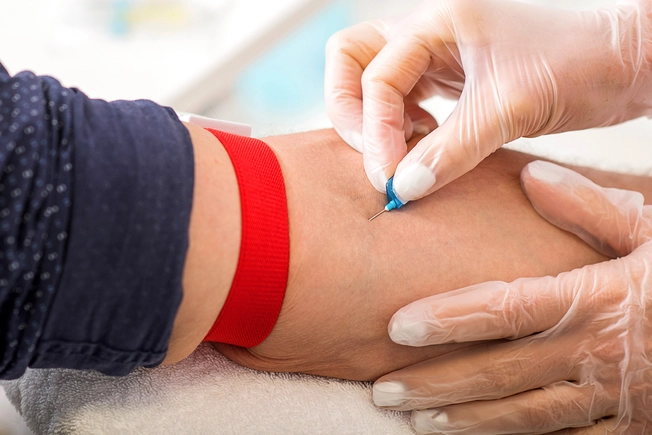
Diagnosing Blood Disorders
If a doctor thinks you might have a blood disorder, they will ask you questions and run some blood tests. Blood tests can tell if your blood cell counts are in the normal range and if they look healthy. Doctors may order a genetic test. Sometimes they might test your bone marrow, too, since bone marrow makes new blood cells. A primary care doctor might order some of these tests. You might also see a hematologist, a doctor who specializes in blood disorders.